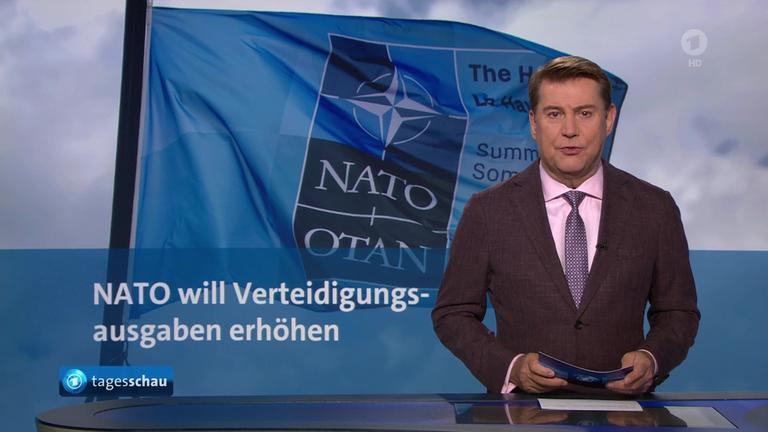In a significant move reflecting mounting geopolitical tensions, NATO member countries have collectively agreed to increase their defence spending to 5% of GDP. The decision, announced during the latest summit, marks a substantial escalation from previous targets and underscores the alliance’s commitment to bolstering collective security amid evolving global threats. This agreement signals a new phase in NATO’s strategic posture, with member states pledging greater financial contributions to enhance military readiness and deterrence capabilities.
NATO Partners Commit to Elevated Defence Budgets Amid Rising Global Threats
In an unprecedented move reflecting the escalating geopolitical climate, NATO member nations have reached a consensus to increase their defence expenditures to a minimum of 5% of their GDP. This commitment marks a significant rise from previous targets and underscores the alliance’s resolve to address mounting security challenges. Among the key driving factors are growing cyber threats, regional conflicts, and a shifting balance of power, prompting a unified strategy to enhance military readiness and deterrence capabilities.
The increased budget allocation is expected to facilitate:
- Modernization of armed forces technology
- Expansion of joint training exercises
- Strengthening of cyber defence infrastructure
- Boosting rapid response units across member states
| Country | Current Defence Spending (% of GDP) | New Target (%) |
|---|---|---|
| Germany | 1.5% | 5% |
| Canada | 1.3% | 5% |
| France | 2.3% | 5% |
| Poland | 2.5% | 5% |
| Turkey | 2.2% | 5% |
Strategic Implications of the Increased Defence Spending Target for Member States
The decision by NATO member states to elevate their defense spending target to 5% of GDP signals a profound shift in collective security strategy, aiming to enhance military readiness amid evolving global threats. This move not only strengthens deterrence capabilities against potential adversaries but also underscores the alliance’s commitment to burden-sharing, addressing long-standing concerns about unequal contributions. Smaller member states, in particular, face the challenge of balancing increased budgets with domestic priorities, a dynamic that could reshape political discourse within their borders.
Beyond financial implications, the elevated spending target fosters greater interoperability and innovation through joint investments in next-generation technologies. Cooperation will likely intensify in areas such as cyber defense, artificial intelligence, and missile defense systems. The table below highlights potential focal points of enhanced collaboration:
| Capability Area | Strategic Benefit | Expected Investment Increase |
|---|---|---|
| Cyber Defense | Protect critical infrastructure | 30% |
| Artificial Intelligence | Advanced threat detection | 25% |
| Missile Defense | Deterrence against ballistic threats | 20% |
| Joint Training | Enhanced interoperability | 15% |
- Increased integration of member state defense programs.
- Boost in specialized capabilities to address hybrid warfare.
- Long-term financial commitment to sustain readiness.
Policy Recommendations for Effective Allocation and Transparency of Defence Funds
To ensure defence funds are utilized efficiently as NATO countries move toward the 5% spending benchmark, governments must implement stringent monitoring mechanisms. Establishing independent oversight bodies with access to detailed budgetary breakdowns will foster accountability and reduce the risks of misallocation. Additionally, promoting cross-national transparency by sharing expenditure reports among member countries can highlight best practices and expose financial discrepancies early.
Key policy measures should emphasize:
- Regular audits conducted by external agencies.
- Clear allocation guidelines prioritizing modernization and interoperability.
- Mandatory public disclosures of major contracts to deter corruption.
- Investment tracking linked directly to strategic objectives.
| Policy Element | Expected Impact |
|---|---|
| External Auditing | Boosts financial integrity and deters fraud |
| Public Contract Transparency | Enhances public trust and market competition |
| Strategic Allocation Framework | Aligns spending with defense priorities |
Wrapping Up
As NATO members move forward with the commitment to raise defence spending to 5 percent of GDP, the alliance signals a renewed emphasis on collective security amid evolving geopolitical challenges. While the decision marks a significant shift in resource allocation, analysts caution that the real test will lie in the effective implementation of these increased budgets. The coming months will be critical in observing how member states translate this consensus into tangible capabilities to address both current and future threats.




